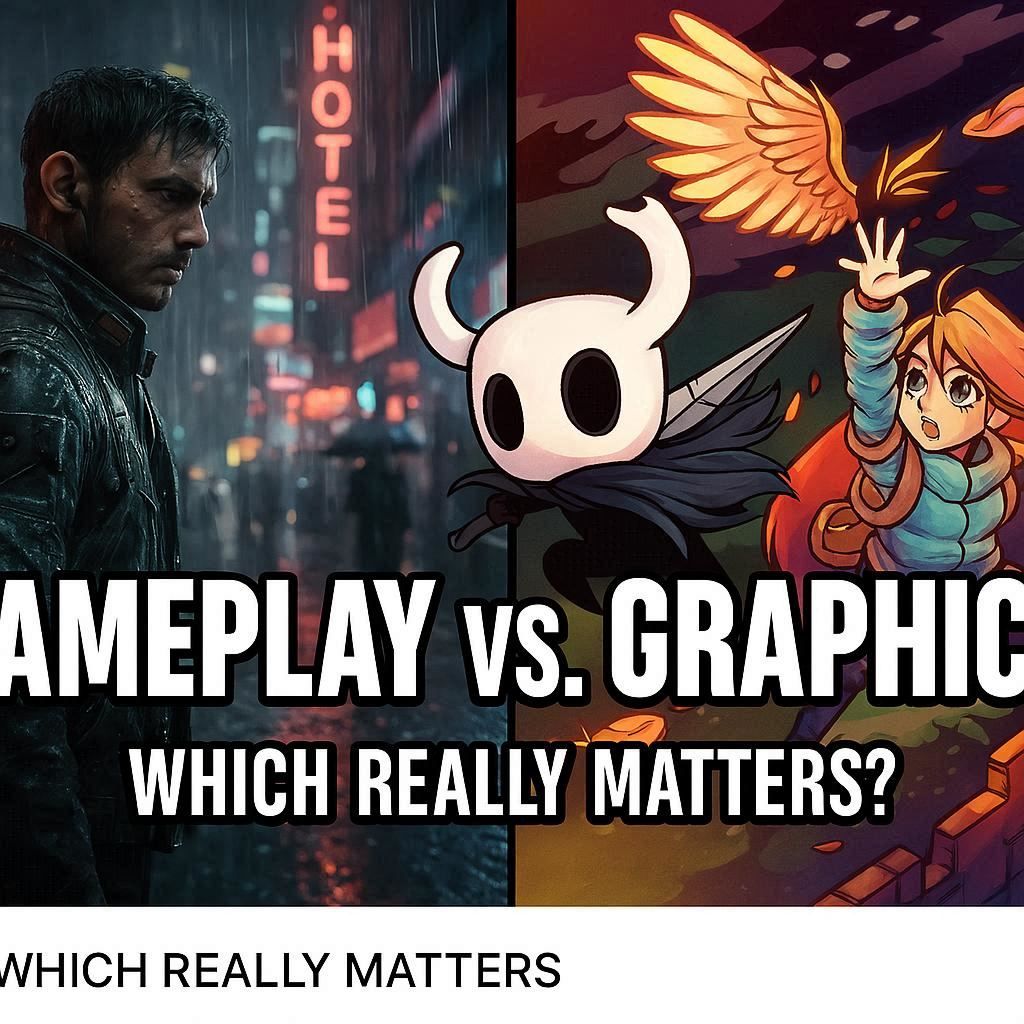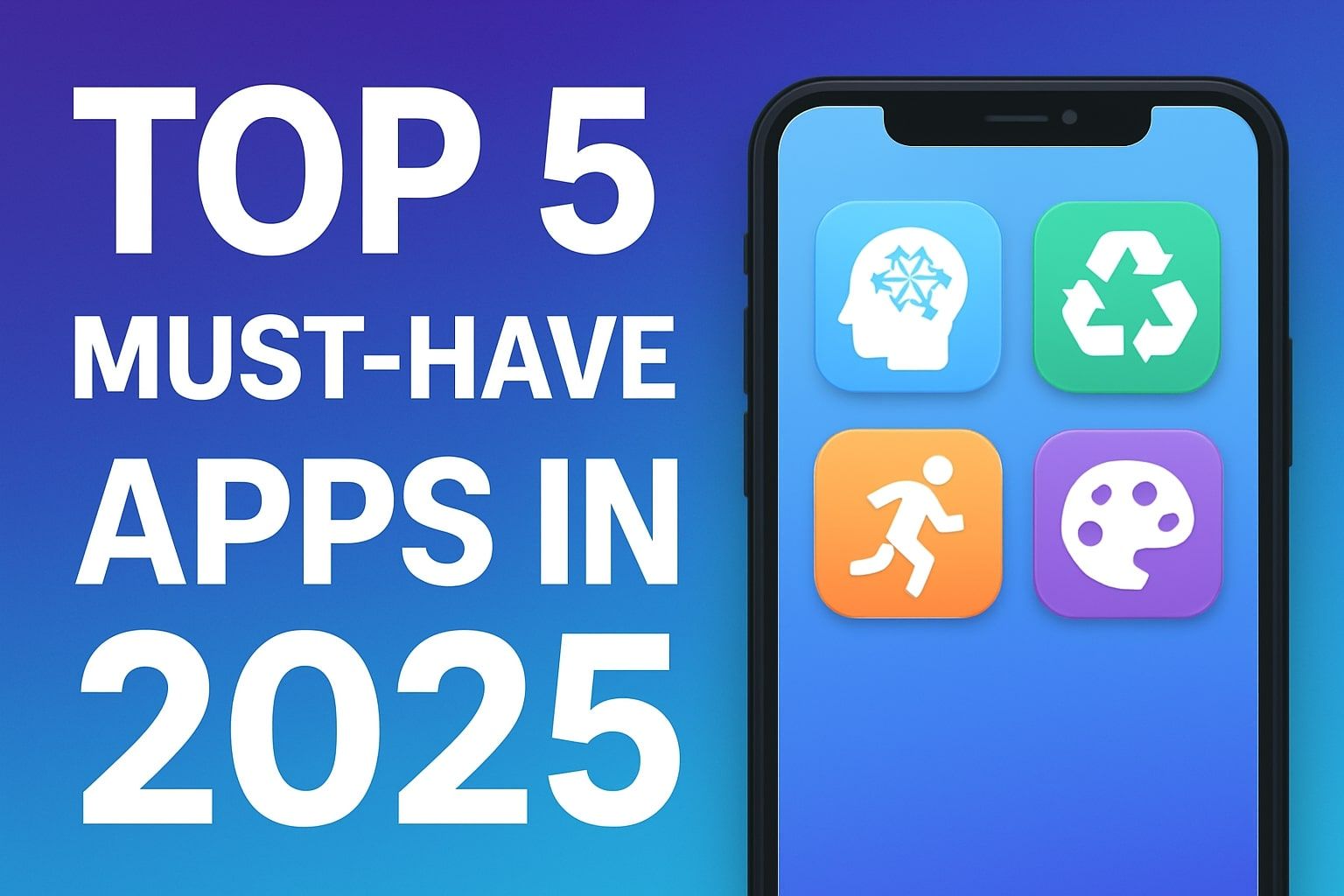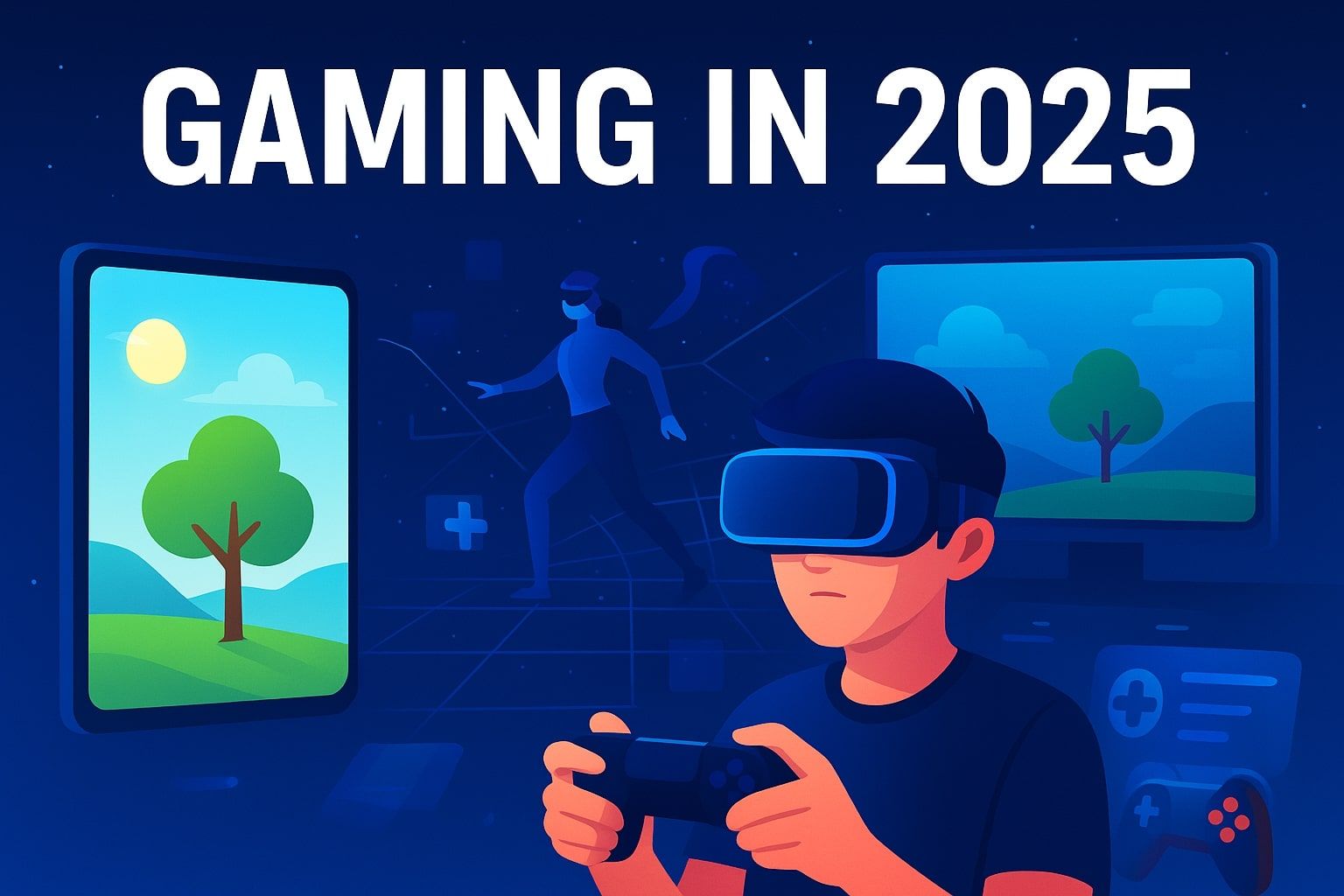
We’ve all been there. You see a trailer for a new AAA title, and your jaw hits the floor. The light reflects off a puddle with eerie realism, individual strands of hair sway in the wind, and the world looks so real you feel like you could step right into it. The hype train leaves the station at full speed.
But then you play it. And after the initial "wow" factor wears off, you're left with a hollow, repetitive, and maybe even boring experience. Sound familiar?
It’s a tale as old as modern gaming. This begs the question we’re tackling today: In the relentless pursuit of graphical fidelity, are we forgetting the core of what makes games fun?
The Allure of the Shiny New Toy
Let's be clear: graphics are important. They set the mood, build the world, and create immersion. A stunning art style can be a powerful draw and a legitimate reason to pick up a controller. Games like Cyberpunk 2077: Phantom Liberty, Horizon Forbidden West, and The Last of Us Part II are technical marvels that push our hardware to its limits, and that deserves applause.
Graphics are the first date—they get you in the door. But it's personality that makes you stay.
Gameplay: The Unsung Hero That Never Gets Old
Gameplay is the foundation. It’s the set of rules, the mechanics, the feel of the controls, and the challenges that keep you engaged for hours on end. It’s the reason you can still boot up a game from the 90s or 2000s and have an absolute blast, even if it looks like a pixelated slideshow by today’s standards.
Think about it:
- Tetris is essentially colored blocks falling down a well. Yet, it’s one of the most successful and addictive games ever made.
- Minecraft’s visuals are intentionally blocky and simple. Its genius lies in limitless creativity and emergent gameplay.
- Hades and Celeste won countless awards not solely for their beautiful art styles, but for their incredibly tight, responsive, and rewarding gameplay loops.
These games aren't just fun; they are infinitely replayable. That’s the magic of rock-solid gameplay. It creates stories not through pre-rendered cutscenes, but through your own actions and decisions.
The Perfect Marriage: When Style and Substance Unite
The true masterpieces, the games we remember for generations, are the ones that marry both. They understand that graphics serve the gameplay, not the other way around.
- The Legend of Zelda: Breath of the Wild/Tears of the Kingdom: Gorgeous, stylized visuals that create a sense of awe and wonder, perfectly complemented by physics-based gameplay that encourages creativity and experimentation.
- Elden Ring: A bleak and beautiful world that is terrifying to explore, made meaningful by its tough-but-fair combat and deep mechanics. The visual design directly informs the gameplay—if you see a giant dragon, you know your gameplay is about to change dramatically.
- Hollow Knight: A hauntingly beautiful hand-drawn world that is a joy to get lost in, backed by some of the most precise and satisfying combat in any Metroidvania.
These games are celebrated because their visual and interactive elements are in perfect harmony. The world isn’t just a backdrop; it’s a playground built for the mechanics.
The Bottom Line: Fun is Timeless, Pixels Are Not
Graphics age. It’s an inevitable fact of technology. A game that is hailed as the most realistic thing ever in 2023 will look dated in 2033.
But fun? Fun is forever.
A clever game mechanic, a perfectly designed level, the thrill of a narrow victory—these moments live rent-free in our minds long after we’ve forgotten what a game’s texture quality was like.
So next time you’re looking at a new game, by all means, admire the visuals. But take a second to look deeper. Ask the important questions: How does it play? Does it look innovative? Does it promise a unique experience?
What do you think? Are we too focused on graphics? What’s a game you love that proves gameplay is king? Sound off in the comments below!


